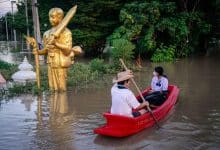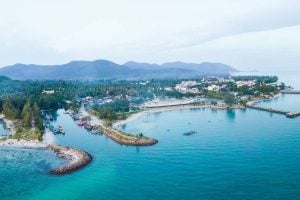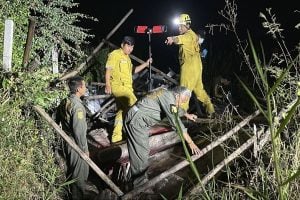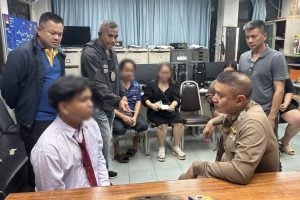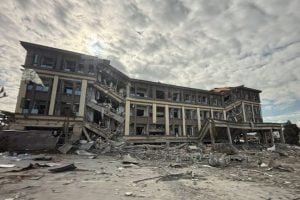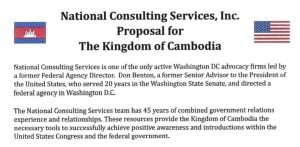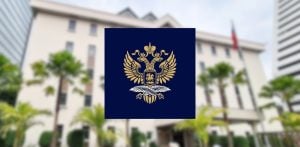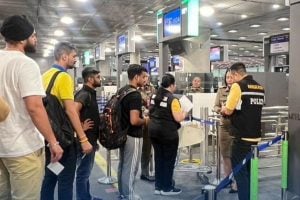British, American, or IB curriculum in Thailand: Which one actually fits your child?
The role each international programme plays in shaping student growth and direction
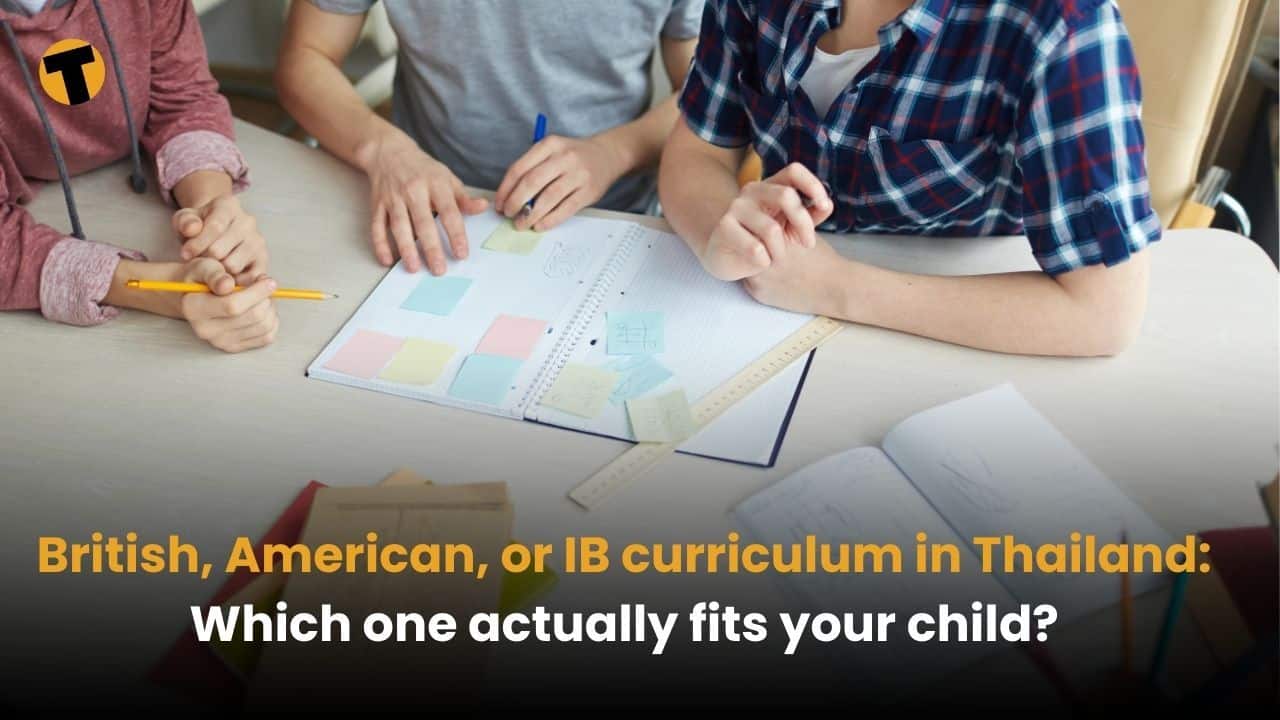
Choosing the right curriculum is one of the most important decisions expat parents make when relocating to Thailand. With a growing number of international schools across the country, families often find themselves comparing the British, American, and International Baccalaureate (IB) systems. Each curriculum offers unique strengths and philosophies, but which one best fits your child’s learning style, goals, and personality?
In this article, we break down each curriculum as it is offered in Thailand’s international schools, so you can make an informed decision with confidence.
Which curriculum fits the best?
| Section (Click to jump) | Short Summary | Examples |
|---|---|---|
| British curriculum in Thailand | Structured, exam-focused system following Key Stages, ending with IGCSEs and A-Levels. Ideal for students who prefer depth and families planning UK pathways. | Harrow International School, Shrewsbury International School, Brighton College |
| American curriculum in Thailand | Flexible, broad-based learning with GPA evaluation and options for AP courses. Good for students who benefit from continuous assessment and U.S. university preparation. | International School Bangkok (ISB), Ruamrudee International School, American School of Bangkok |
| IB (International Baccalaureate) curriculum in Thailand | Globally recognised, inquiry-driven programme with PYP, MYP, and DP. Emphasises critical thinking, holistic development, and international-mindedness. | NIST International School, Bangkok Patana School, KIS International School |
British curriculum in Thailand
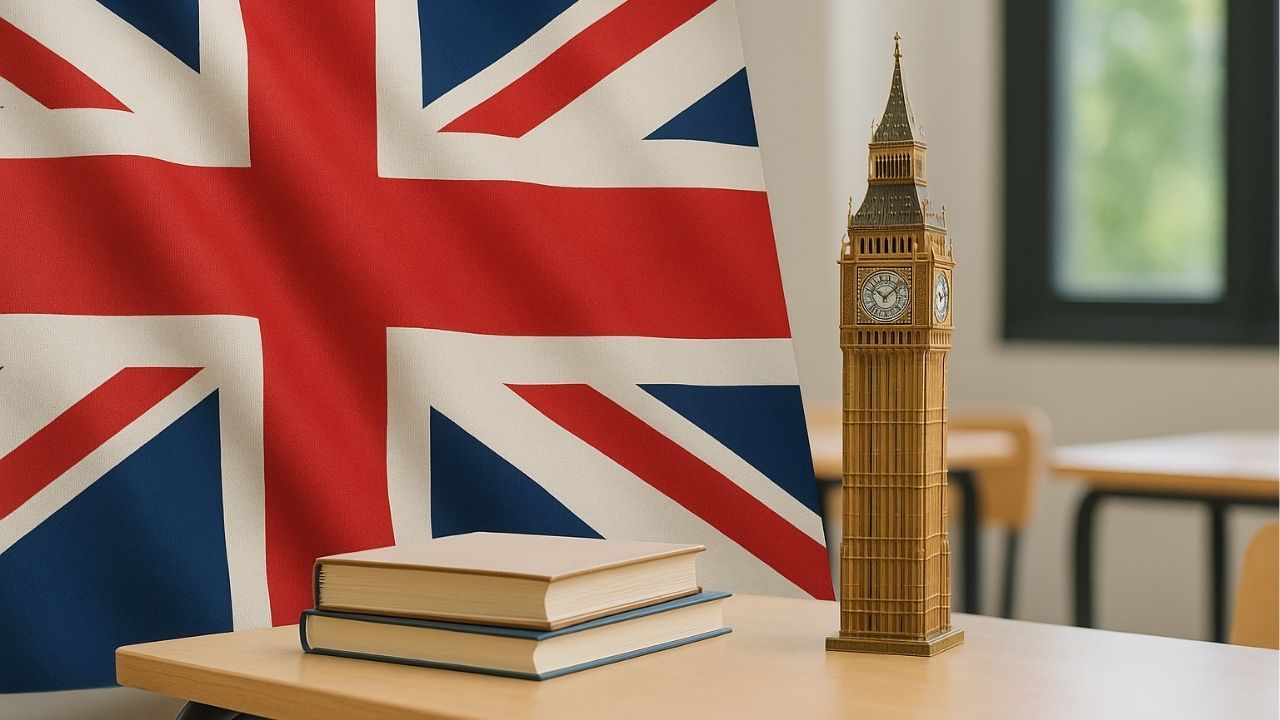
The British curriculum (often referred to as the National Curriculum for England or the UK curriculum) is one of the most widely adopted systems in international schools across Thailand. It is known for its clear structure, progressive stages, and strong academic standards.
Structure and progression:
Students typically move through Key Stages:
- Key Stage 1 (ages 5 to 7)
- Key Stage 2 (ages 7 to 11)
- Key Stage 3 (ages 11 to 14)
- Key Stage 4 (ages 14 to 16)
- Key Stage 5 or Sixth Form (ages 16 to 18)
At Key Stage 4, students work toward the General Certificate of Secondary Education (GCSEs or IGCSEs), and in Key Stage 5, they pursue A-Levels in subjects of their choice.
Key features:
- Specialisation in later years: Students choose A-Level subjects that align with their interests or intended university pathway.
- Strong exam focus: Assessment is based on coursework and end-of-year exams.
- Structured content: The curriculum is well-defined and widely recognised by universities worldwide.
Ideal for:
- Students who prefer depth in fewer subjects
- Families planning to return to the UK or send their child to a UK university
- Learners who thrive in structured, exam-oriented environments
Some well-known British curriculum schools in Thailand include Harrow International School, Shrewsbury International School, and Brighton College.
American curriculum in Thailand
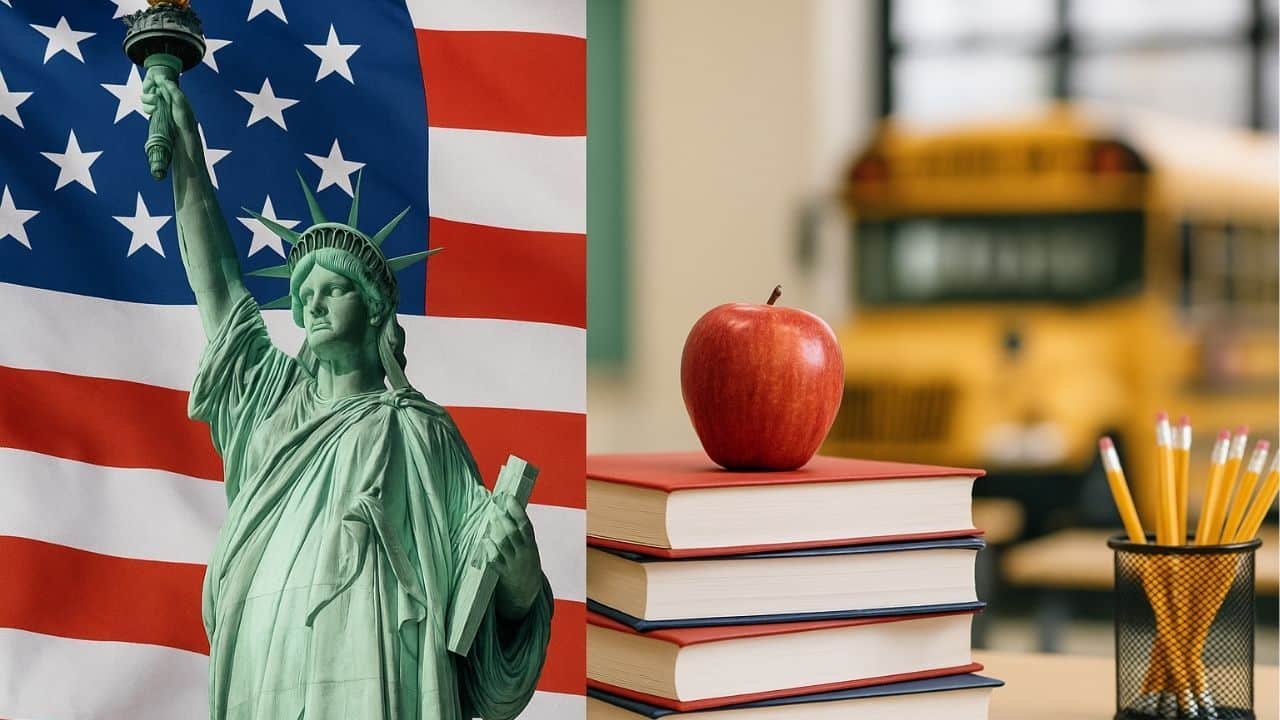
The American curriculum is offered in several international schools in Thailand and is known for its broad subject range, flexibility, and emphasis on continuous assessment over high-stakes exams.
Structure and progression:
Students typically follow a grade-level system:
- Elementary School (Grades K to 5)
- Middle School (Grades 6 to 8)
- High School (Grades 9 to 12)
In high school, students accumulate credits through coursework and assessments. Some schools offer Advanced Placement (AP) courses as college-level options in specific subjects.
Key features:
- Flexible and broad: Students study a wide range of subjects with room for electives.
- GPA system: Academic performance is evaluated through Grade Point Average (GPA), which combines homework, quizzes, projects, and tests.
- College-oriented: Encourages critical thinking, creativity, and participation, preparing students for U.S. colleges and universities.
Ideal for:
- Families planning to send their child to university in the U.S.
- Students who benefit from project-based learning and continuous feedback
- Children who need more room to explore different subjects before specialising
Well-known American curriculum schools in Thailand include the International School Bangkok (ISB), Ruamrudee International School, and American School of Bangkok.
IB (International Baccalaureate) curriculum in Thailand
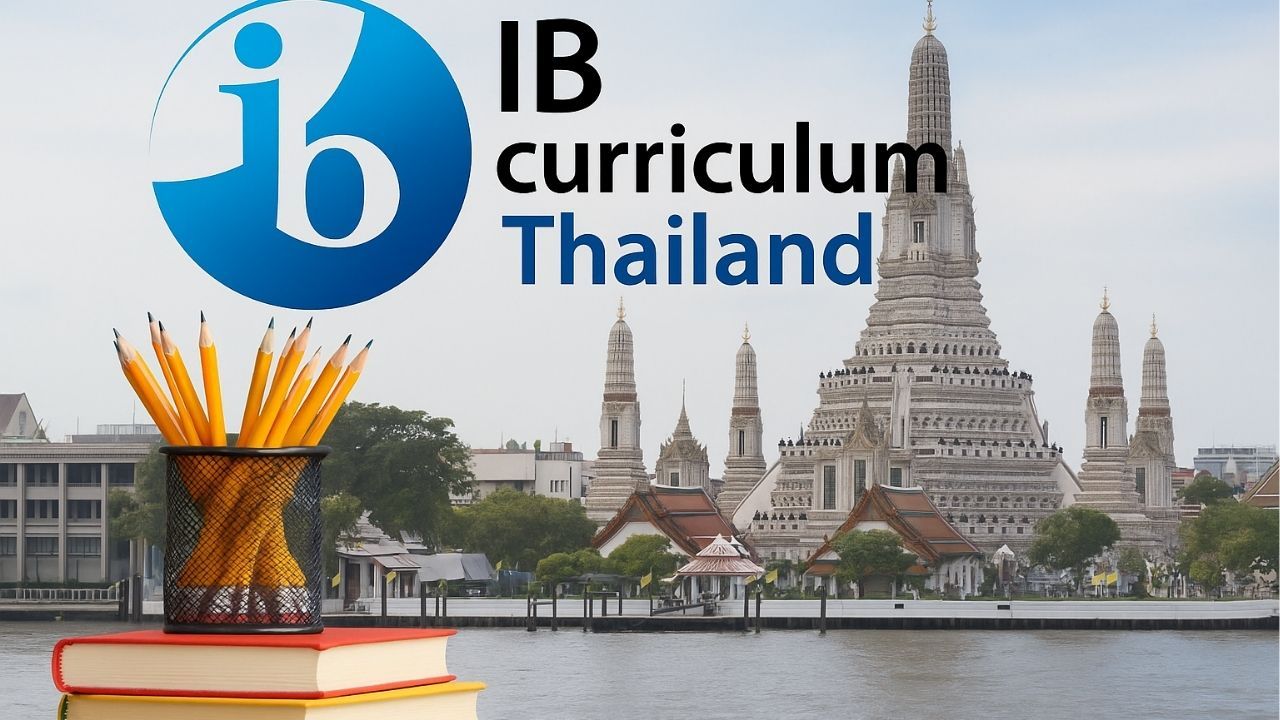
The International Baccalaureate (IB) is a globally recognised curriculum that emphasises holistic development, inquiry-based learning, and international-mindedness. It is offered in full IB World Schools that are authorised to teach the programme.
Structure and programmes:
The IB comprises three main programmes:
- Primary Years Programme (PYP) for ages 3 to 12
- Middle Years Programme (MYP) for ages 11 to 16
- Diploma Programme (DP) for ages 16 to 19
Each programme focuses on developing the learner’s ability to inquire, reflect, and think critically.
Key features:
- Holistic and rigorous: The IB balances academic learning with personal development and global awareness.
- IB Diploma Programme (DP): Students study six subjects, write an extended essay, complete Theory of Knowledge (TOK), and engage in Creativity, Activity, and Service (CAS) projects.
- International recognition: Highly respected by universities worldwide, especially in Europe, North America, and Asia.
Ideal for:
- Students who are independent, curious, and globally minded
- Families planning to move between countries or seek a transferable curriculum
- Learners aiming for top-tier universities worldwide
Some well-known IB schools in Thailand include NIST International School, Bangkok Patana School, and KIS International School.
One size does not fit all
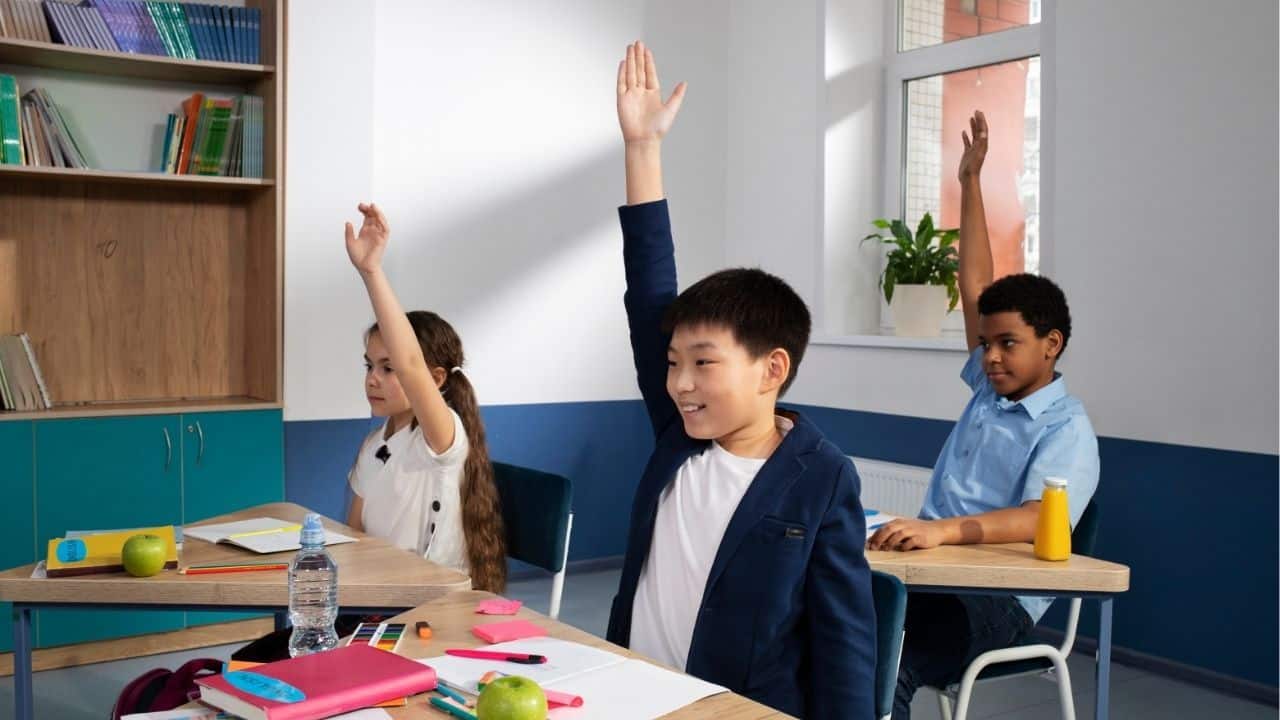
There is no one-size-fits-all answer. The best curriculum for your child depends on your family’s educational goals, future plans, and your child’s personality and learning preferences.
- If your child thrives in structure and plans to specialise early, the British curriculum offers clarity and depth.
- If your child prefers flexibility, variety, and ongoing feedback, the American system provides a more continuous and personalised learning experience.
- If your child is globally oriented and seeks a balanced, inquiry-led education, the IB could be the best fit.
Before choosing, consider visiting schools, speaking with teachers, and assessing how each environment aligns with your child’s needs.
Choosing the right curriculum isn’t just about academics, as it’s about finding a school culture where your child can thrive. Different people thrive in different environments, and there is no problem with switching to another curriculum when the situation and needs dictate.
Just me mindful that each curriculum will open different doors in life. If your child wants to learn in Thailand, all of these curricula are fine to have since they are internationally recognised. However, it will affect them the most if they choose to study elsewhere abroad after finishing school in Thailand.
The Thaiger key summary
- Each curriculum tends to shape students differently, from exam-driven depth to broad, flexible study paths.
- Schools in Thailand often reflect the wider culture of their chosen system, influencing teaching style and classroom pace.
- University pathways commonly align with the curriculum chosen, creating natural routes toward the UK, US, or global institutions.
Latest Thailand News
Follow The Thaiger on Google News:

